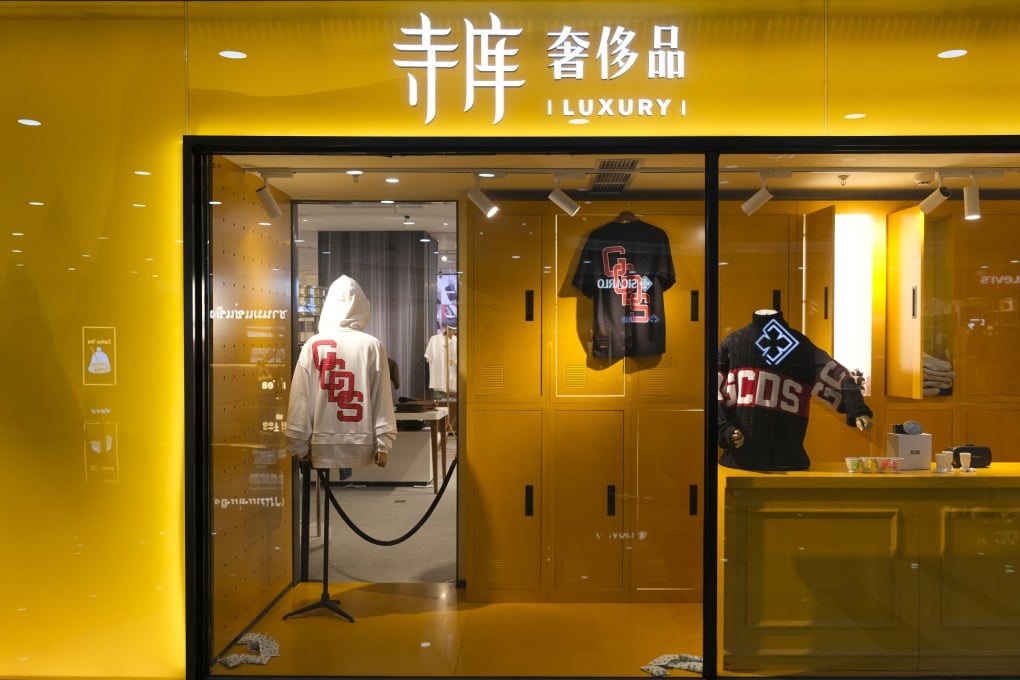The rise and fall of Secoo: how China’s top luxury retailer fell off the catwalk after glory days of US$140 million Nasdaq IPO
- Secoo rose from a second-hand handbag shop into China’s largest luxury goods exchange for individuals
- Analysts say a change of heart on e-commerce channels by global luxury brands, more competition, and the pandemic have all been challenges

The spectacular fall from grace of China’s top luxury retailer Secoo offers a cautionary tale about how many companies which were once seen as rising stars in a high-growth market are now facing the harsh reality of increased competition and weak consumer spending in a slowing economy.
Secoo, started by Chinese entrepreneur Richard Rixue Li and enthusiastically backed by private equity capital, rose from a second-hand handbag shop into China’s largest luxury goods exchange for individuals with a 2017 initial public offering on Nasdaq raising US$140 million.
However, since then the luxury platform has lost its way. Although its main digital app remains in operation, a plethora of complaints from consumers and vendors on social media, combined with a now-withdrawn bankruptcy filing, have crippled the company’s public image.
In a 17-year-old shopping centre in Shanghai, Secoo’s brand new offline store can be seen perched on the fourth floor, with sections including menswear, womenswear, children’s clothing, handbags, authentication services and others.
But few customers could be seen when the South China Morning Post visited the store on two separate occasions earlier this year, before Covid-19 lockdowns hit large swathes of Shanghai. The outlet is one of 300 offline spaces that were planned by the company in the country through direct franchises and joint partnerships in late 2021. So far, only two of them – in Shanghai and Chongqing – have materialised.
A customer service reply to a question sent via the company’s app said that the Shanghai outlet is currently undergoing a “refurbishment upgrade” whereas the Chongqing space is undergoing an “adjustment”.